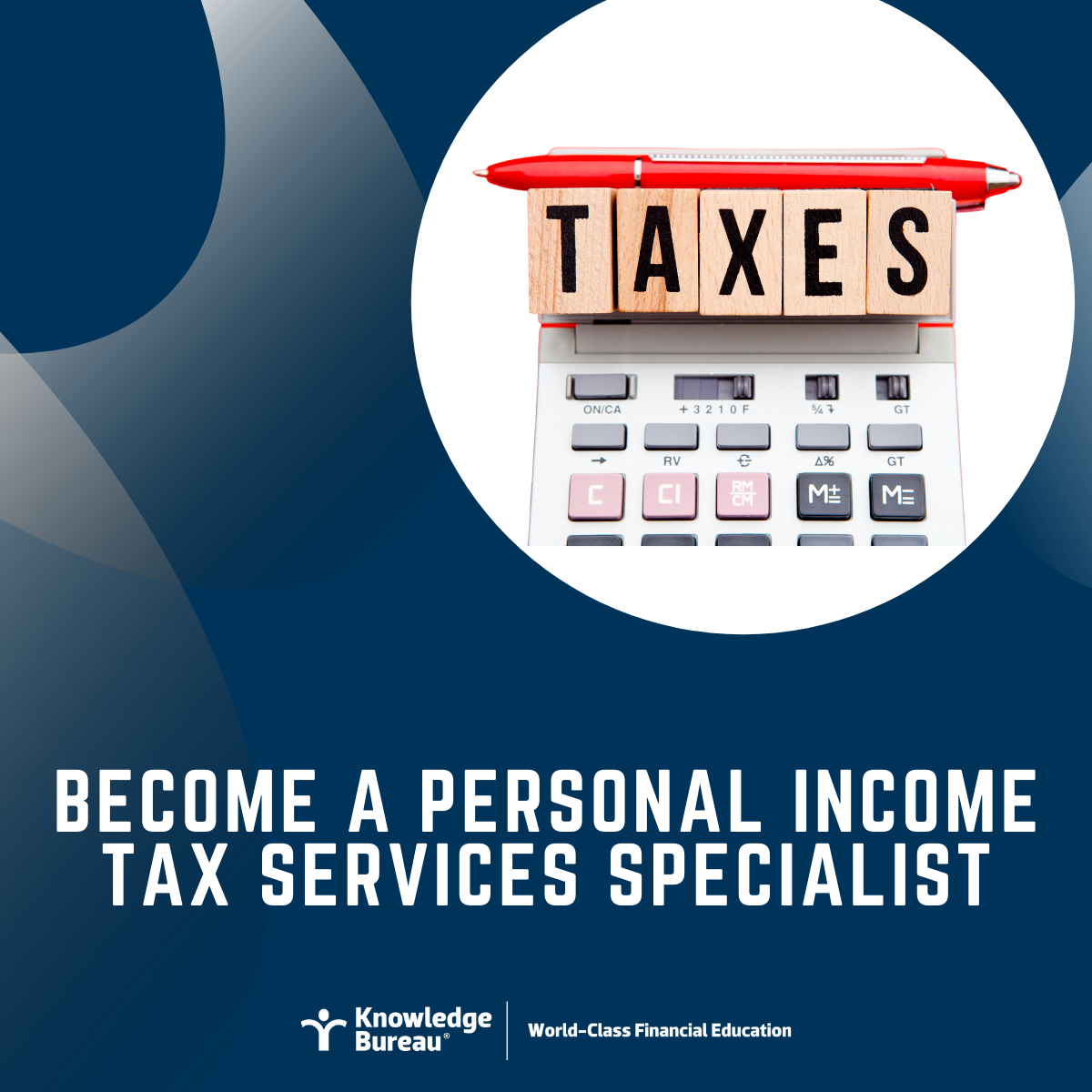Last updated: May 19 2021
Audit Alert: Don’t Fall for TFSA Maximizer Schemes

Beth Graddon
TFSA Advantages are back in the news. The CRA has issued a warning about a tax scheme that promises a tax-free opportunity to transfer funds out of an RRSP or RRIF into a TFSA, without regard to the annual TFSA contribution limit using an MIC. That is, a special-purpose mortgage investment company. Sophisticated investors with large RRSP or RRIF balances and significant equity in a personal residence were targeted and could soon be subject to audit. The scheme worked like this:
- The promoter operates a special-purpose mortgage investment company (MIC) that "invests" only in mortgage loans to scheme participants
- The MIC issues two classes of shares – one paying dividends at a low rate and the other paying dividends at a much higher rate
- The participant buys low dividends shares of the MIC in the RRSP or RRIF and high dividend shares in the TFSA
- The MIC lends the share proceeds back to the participant in the form of a first and a second mortgage loan, secured by the personal residence and the TFSA balance.

- The loan bears interest at rates corresponding to the dividend rates on the two classes of MIC shares
- The participant invests the loan proceeds with the promoter and earns taxable investment income
- The participant makes annual RRSP or RRIF withdrawals and claims a fully offsetting interest deduction
- After several years of participating in the scheme, the participant is supposedly able to shift the entire RRSP balance to the TFSA in a way that the promoter claims is "tax-free" and is not subject to the annual TFSA contribution limit.
Watch out – 100% Advantage Tax applies! Promoters of TSFA maximizer schemes claim that the high interest rate paid on the second MIC loan is normal for second residential mortgages and that explains the corresponding high dividend rate on the second class of MIC shares.
Here’s the problem: the reality is that the entire arrangement is commercially unreasonable.
The lender's actual credit risk is low because the borrowers are all wealthy participants in the scheme who are unlikely to default on the mortgages. Plus, the second high-interest mortgage is secured both by the participant's residence and by the growing TFSA balance. Under these circumstances, the high rate of interest on the second mortgage and the high dividend rate on the second class of shares are not justified. The participants are essentially borrowing from themselves.
CRA’s resulting view: the increase in the value of the TFSA would be considered an advantage subject to 100% advantage tax. More bad news: the interest paid on the MIC loan may not be fully deductible.
Promoters or those who prepared false or misleading tax returns could also face third party penalties.
Good advice: Talk to clients about the tax audit risk that may arise with any schemes like this. Those who have already invested should come forward under the Voluntary Disclosure Program to minimize potential penalties and interest.
Additional Educational Resources: DFA-Tax Services Specialist™ Designation Program, and the September 23, 2021 Virtual CE Summit which will focus on Audit Defence: Managing Risk, Compiling Financial Statements, GST & Payroll.

